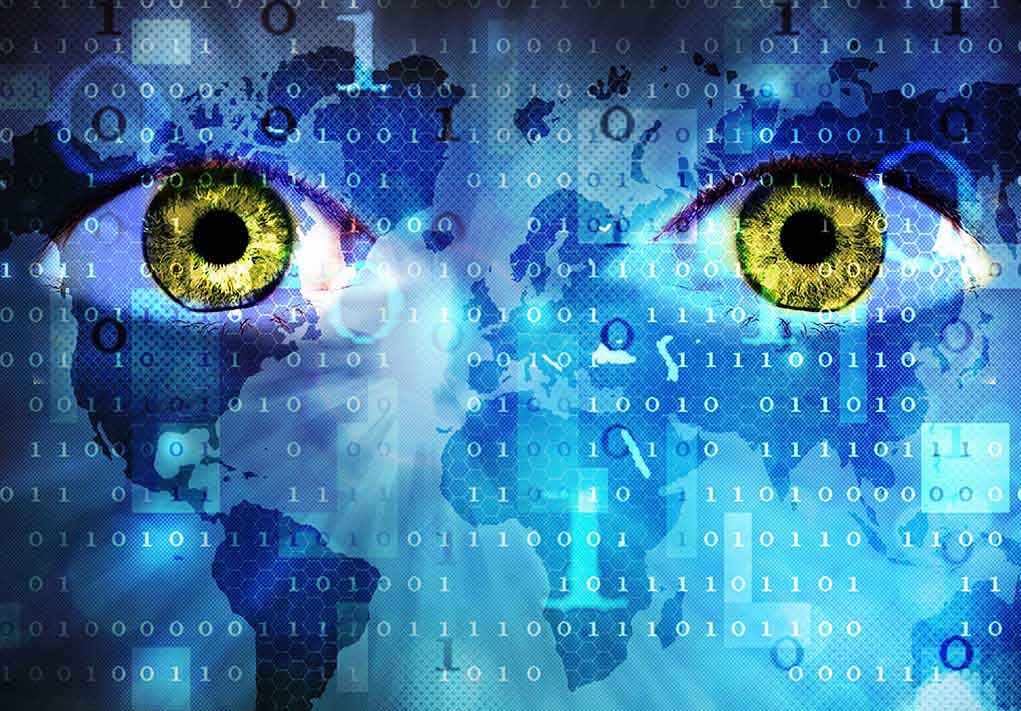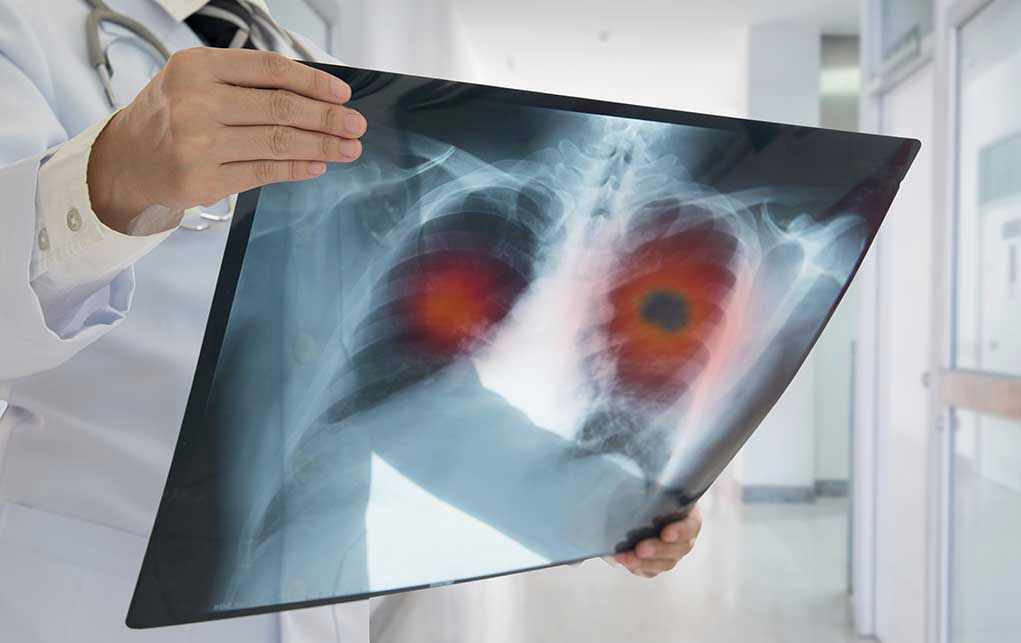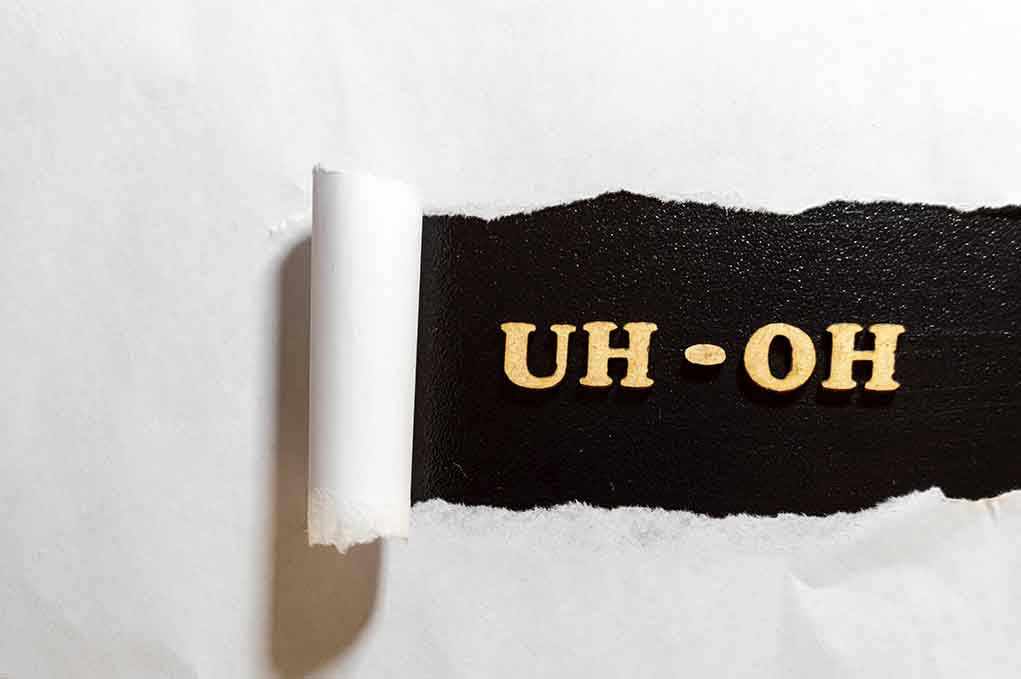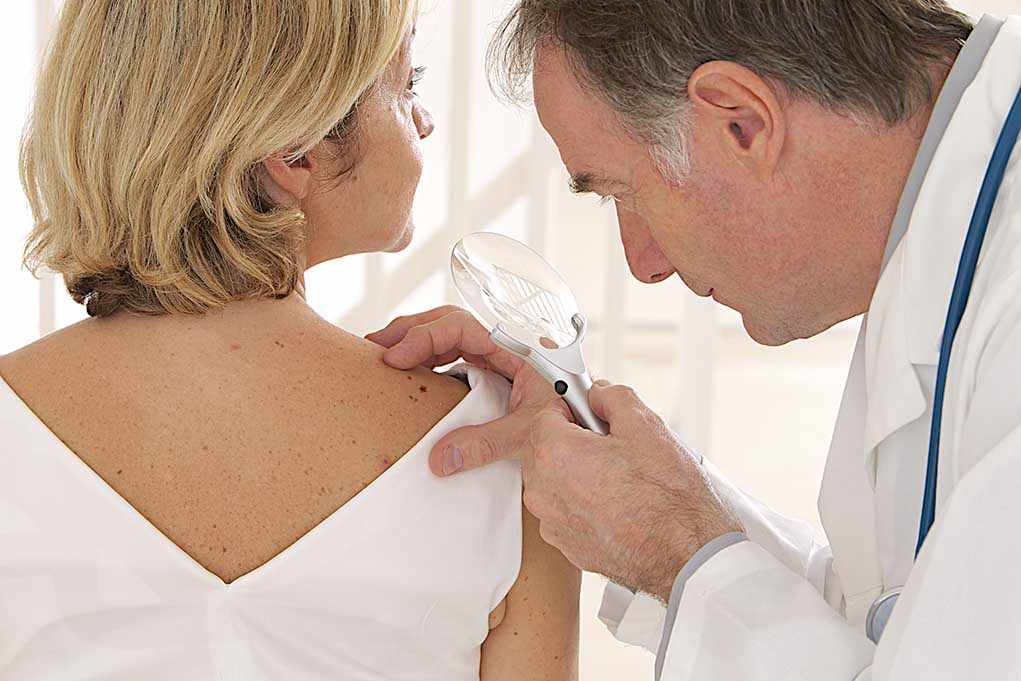
If you think losing your eyesight as you age is inevitable, wait until you discover how three nutrients could be the plot twist your eyes have been waiting for—science says they really can slow down vision loss, and the story’s only getting juicier from here.
At a Glance
- Age-related vision loss is not just common—it’s accelerating globally due to longer life spans and shifting lifestyles.
- Three essential nutrients, backed by credible research, show real promise in slowing down the march of declining eyesight.
- Gene therapies and digital screening tools are transforming detection and treatment, but access and cost remain hurdles.
- Vision loss impacts wallets, independence, and happiness, making these discoveries game-changers for anyone over 40.
Why Your Eyes Deserve a Comeback Story
Picture the classic over-40 conundrum: you’re squinting at a menu, holding your phone at arm’s length, and blaming dim restaurant lighting—again. You’re not alone. Age-related eyesight decline, starring villains like cataracts, glaucoma, and the ever-mischievous age-related macular degeneration (AMD), has been haunting humans for centuries. But the plot twist? Science now points to three nutrients that may actually help slow the reel-to-reel of your vision loss. Forget resigned sighs—this is a comeback story with real science and even bigger stakes.
As the world ages, the vision crisis is swelling. By the time you hit 40, your risk for vision impairment skyrockets. Blame it on genetics, decades of UV exposure, or just the relentless tick of time. But your future doesn’t have to be one of blurry lines and lost independence. Public health campaigns have raised the alarm, and eye care tech has advanced faster than your uncle’s questionable dance moves at weddings. Still, a staggering number of adults miss out on early detection—often because they simply don’t know hope is on the menu.
The Three Nutrients Science Can’t Ignore
You want the silver bullet, so here’s the triple threat: research consistently highlights the importance of three nutrients—lutein, zeaxanthin, and omega-3 fatty acids—in slowing age-related vision decline. Lutein and zeaxanthin, found in leafy greens and bright yellow veggies, act like sunglasses for your retina, filtering out harmful light and battling oxidative stress. Omega-3s, abundant in fatty fish, keep those retinal cells nimble and may lower your risk for diseases like AMD. These nutrients don’t promise bionic eyes, but they do offer a real shot at preserving what you’ve got for longer. If your salad looks like a traffic light and your dinner swims upstream, you’re already stacking the odds in your favor.
Study after study shows that people who load up on these nutrients are more likely to keep their sharp focus as the birthdays pile up. The science isn’t just academic; it’s been championed by heavy-hitters like the Foundation Fighting Blindness and the Healthy People 2030 Vision Workgroup. These groups have seen the evidence and are now shouting from the rooftops: prevention is possible, and you don’t need a prescription pad to start.
Innovation, Hype, and the Real-World Hurdles
While nutrients are the unsung heroes in your fridge, the eye care field is experiencing its own golden age. Gene therapies—once the stuff of sci-fi—are entering late-stage trials, offering hope for rare inherited eye diseases. Digital screening tools and telemedicine are making eye care more accessible, especially for those living far from the nearest eye doc. But before you get fully starry-eyed, consider the hurdles: new therapies can be expensive, and access is not equal. Disparities persist, especially for rural and low-income populations. Cost, awareness, and policy lag behind the science, leaving too many people in the dark—literally and figuratively.
The economic burden is eye-popping: vision loss costs countries billions annually, drains productivity, and robs older adults of independence. Social isolation, depression, and increased risk of falls are all part of the package when you lose your sight. This is why experts from the World Health Organization and the International Agency for the Prevention of Blindness are calling for coordinated action. They want universal eye care coverage and policies that make real innovation available to all—not just the fortunate few with gold-plated insurance plans.
What 40+ Readers Need to Do—Now
If you’re over 40, waiting for your eyes to fade is the most boring story arc imaginable. Instead, become the protagonist who takes action. Load up your plate with dark leafy greens and omega-3-rich fish. Schedule those routine eye exams—yes, even if you can still read the fine print on a medicine bottle. Stay curious about new treatments and demand policies that prioritize affordable, accessible eye care. The science is clear: aging eyes don’t have to mean a dimmed world. You’ve got the plot twist in your hands—now make it epic.
The future of eyesight is part innovation, part nutrition, and all about awareness. Whether you’re a broccoli skeptic or a tech enthusiast, you have more power over your vision than you think. The real ending? That’s up to you—and your next trip to the produce aisle.
Sources:
ICER Retinitis Pigmentosa Stakeholder List
Healthy People 2030 Vision Workgroup
IAPB Stakeholders Unite to Address Children’s Eye Health Crisis
Frontiers in Ophthalmology: Digital Screening Tools















